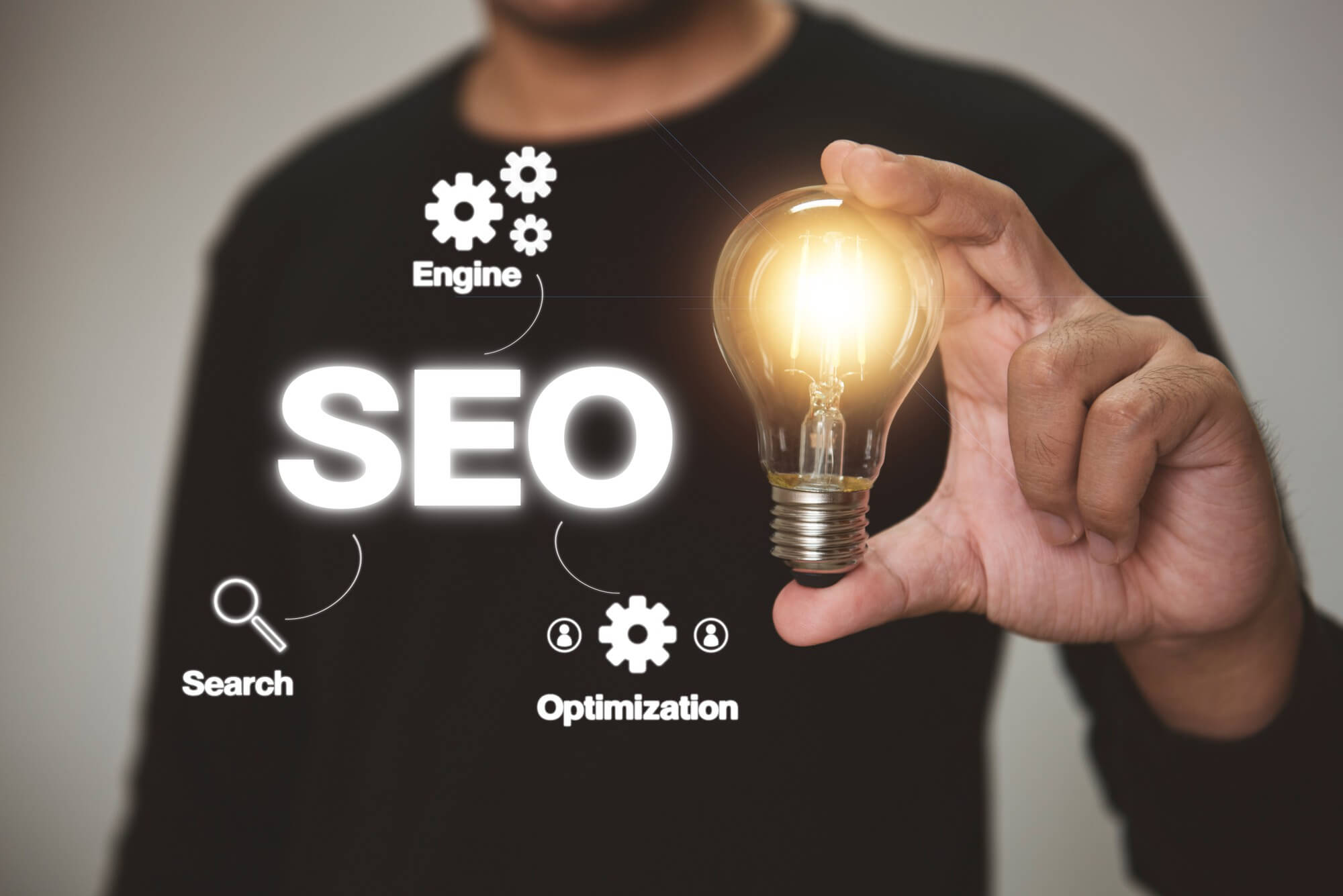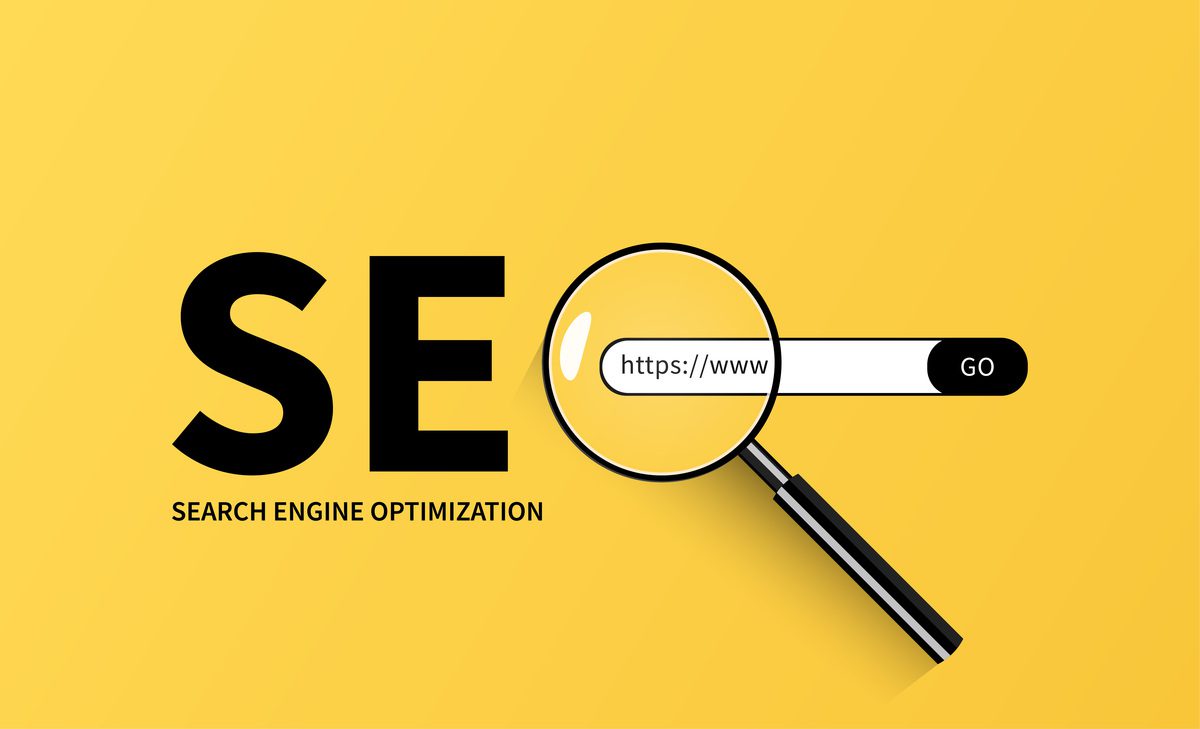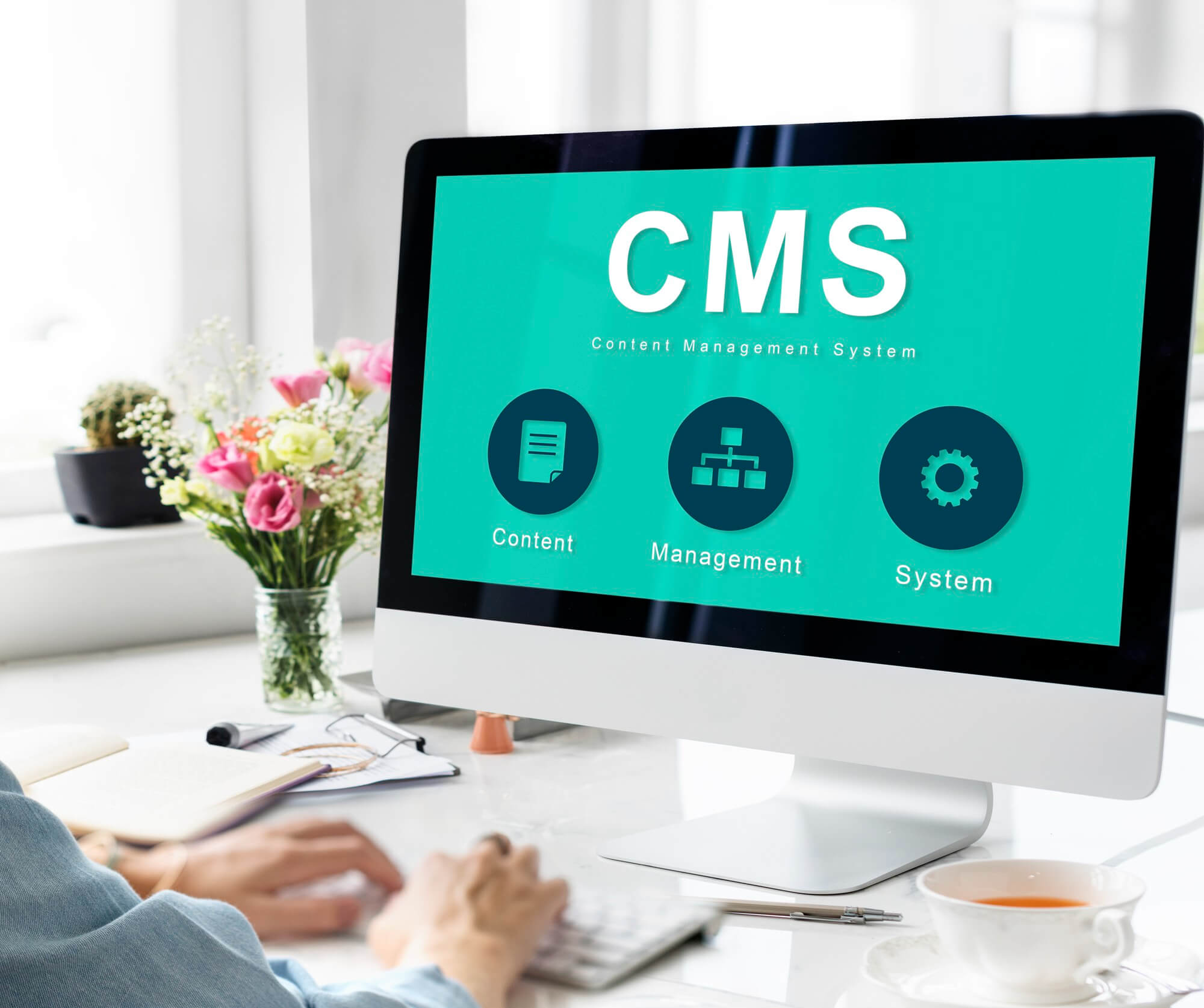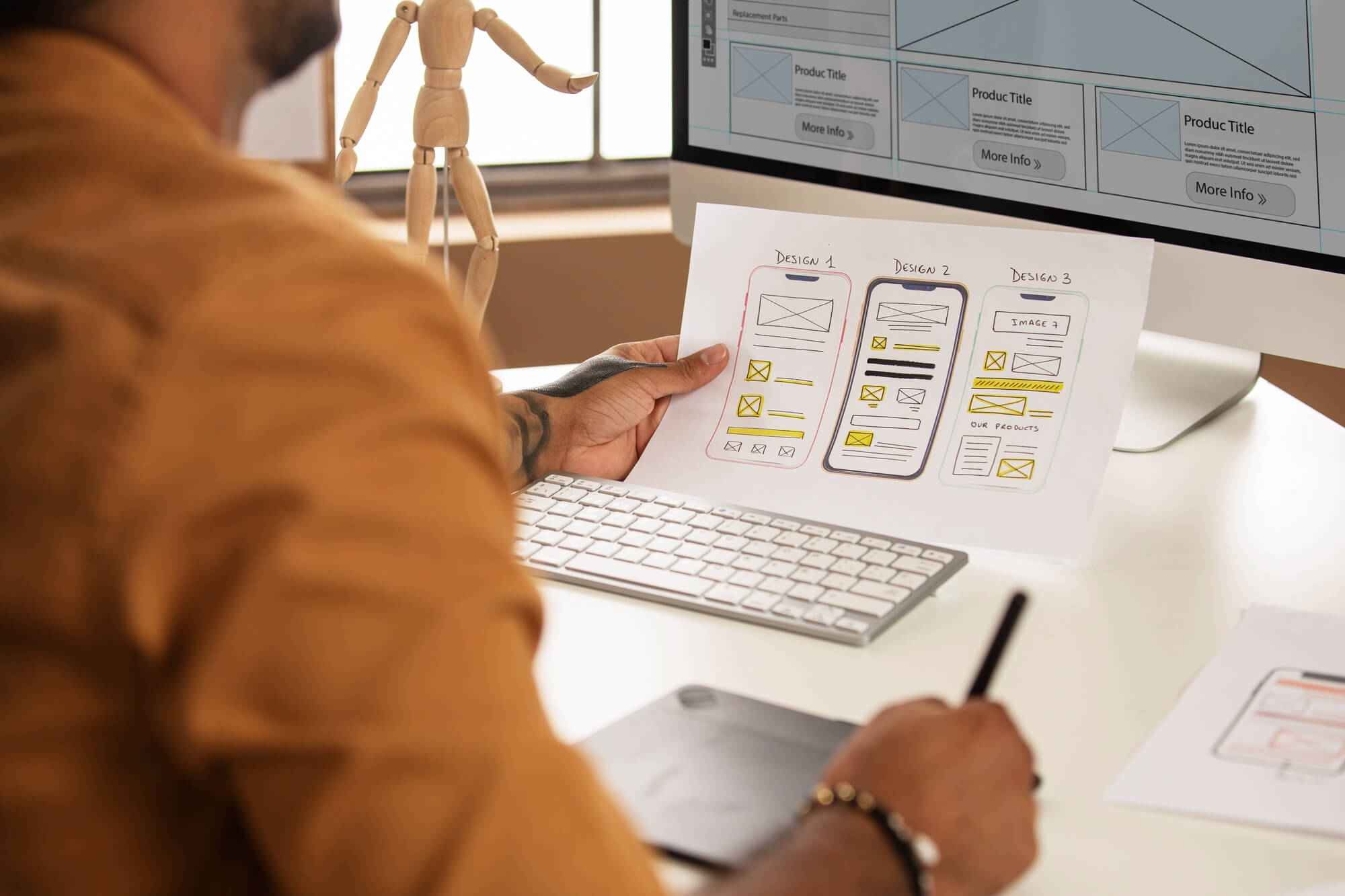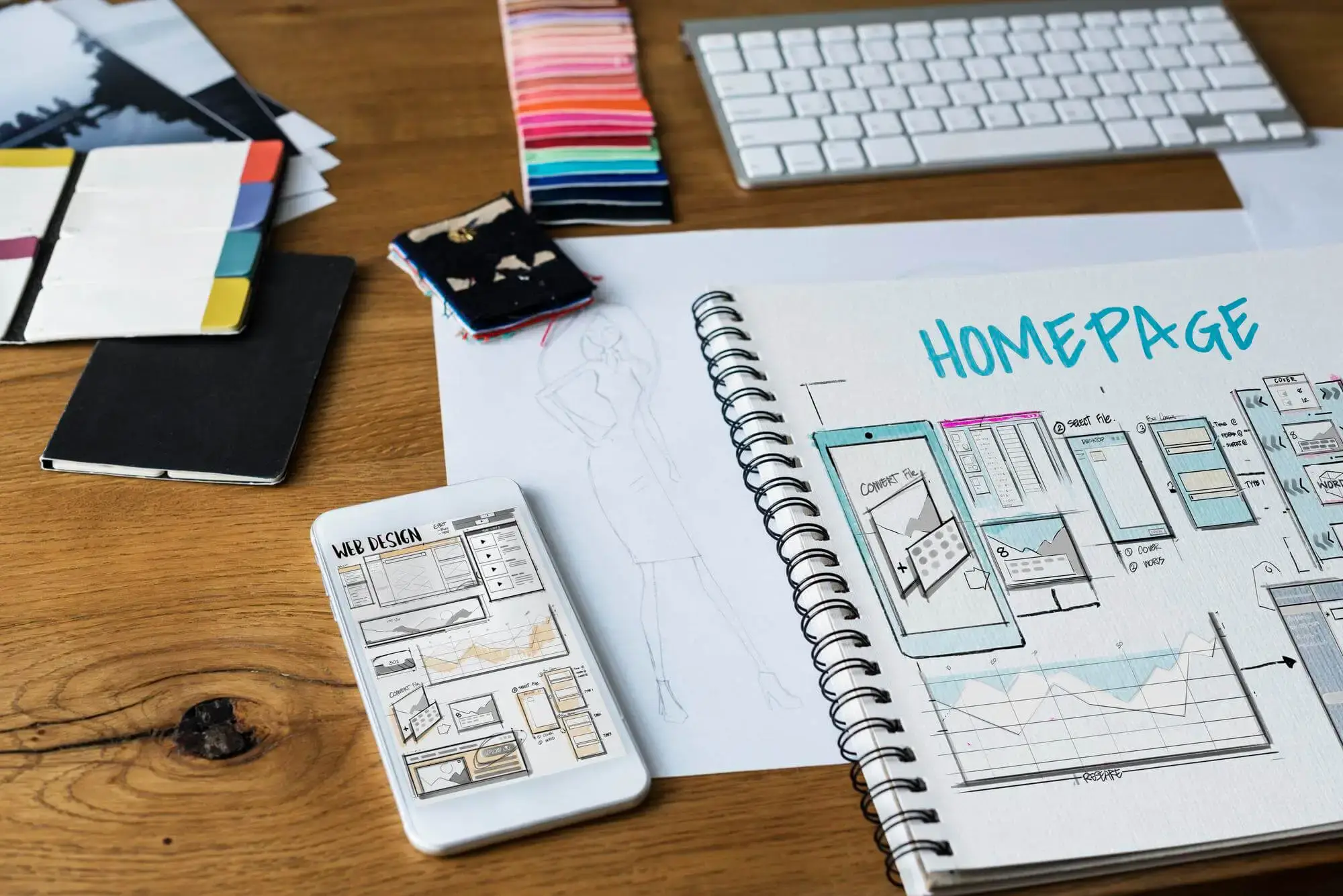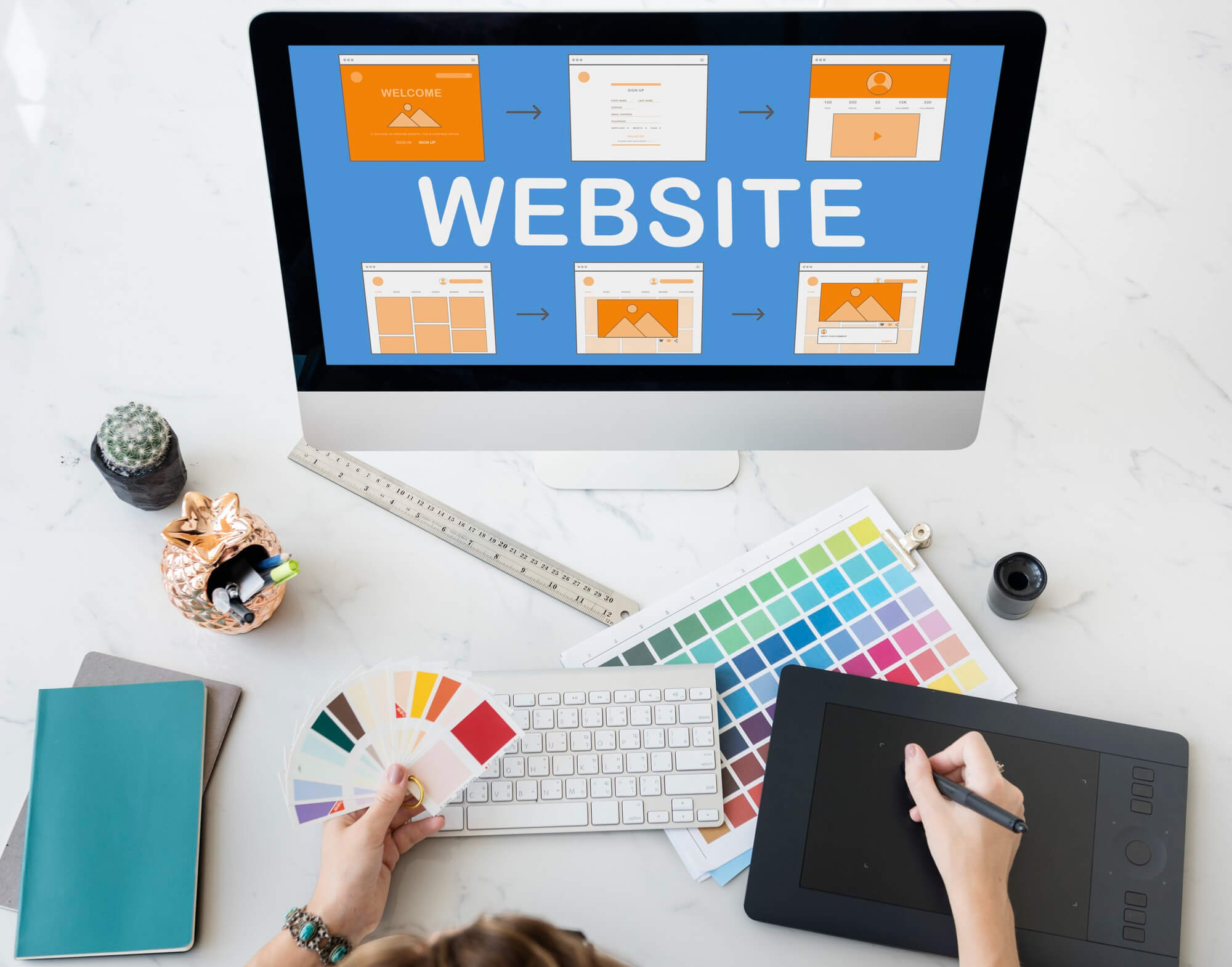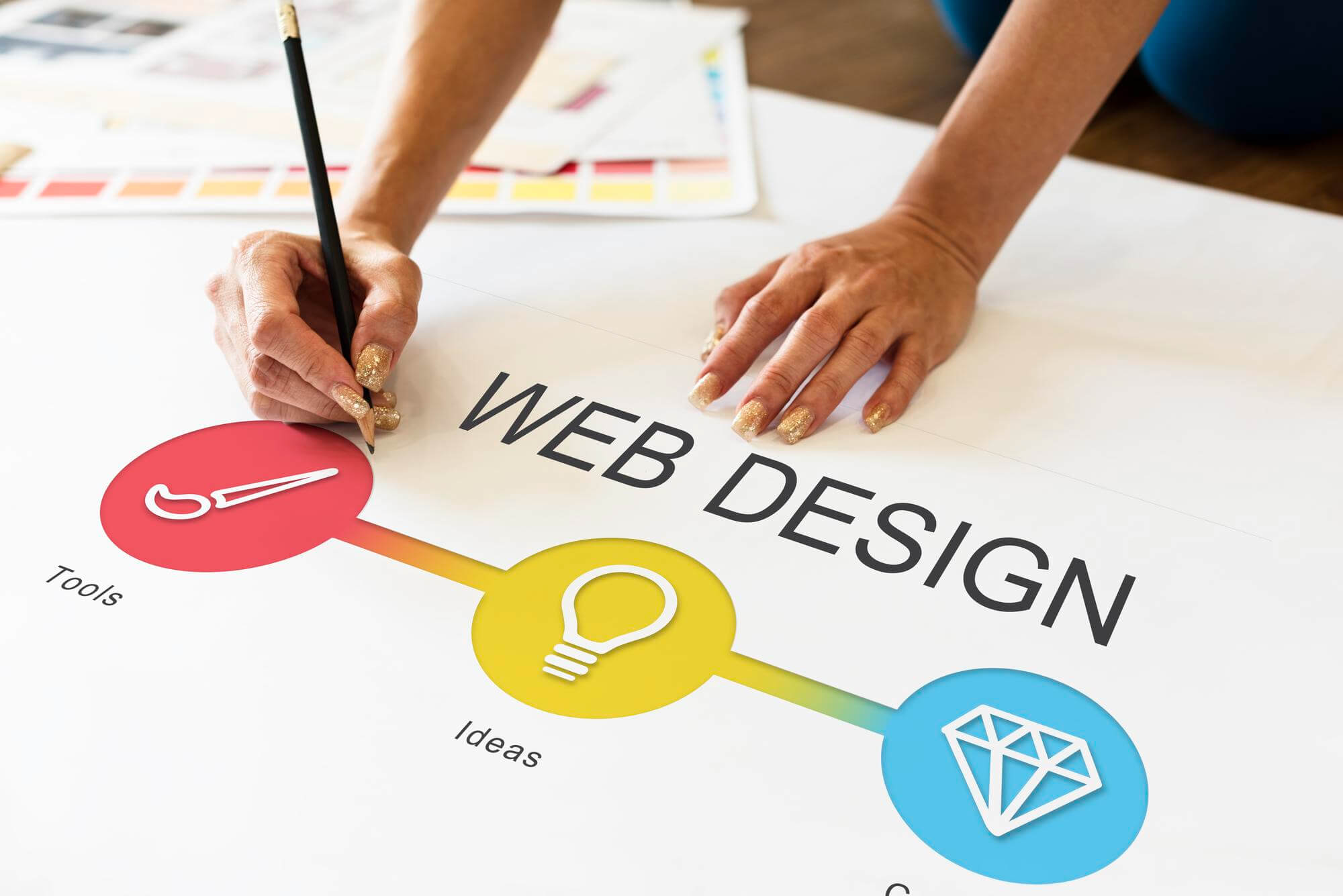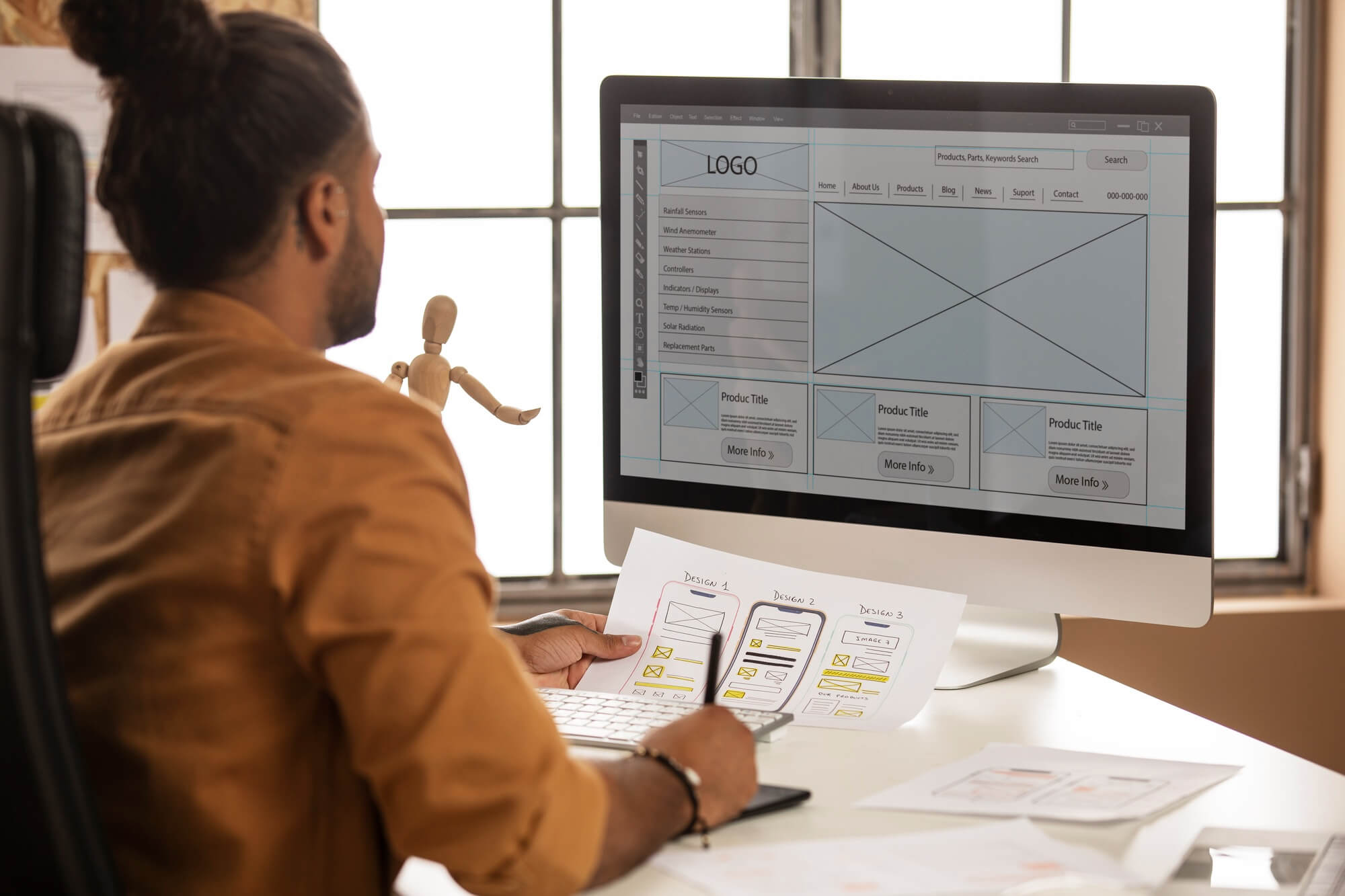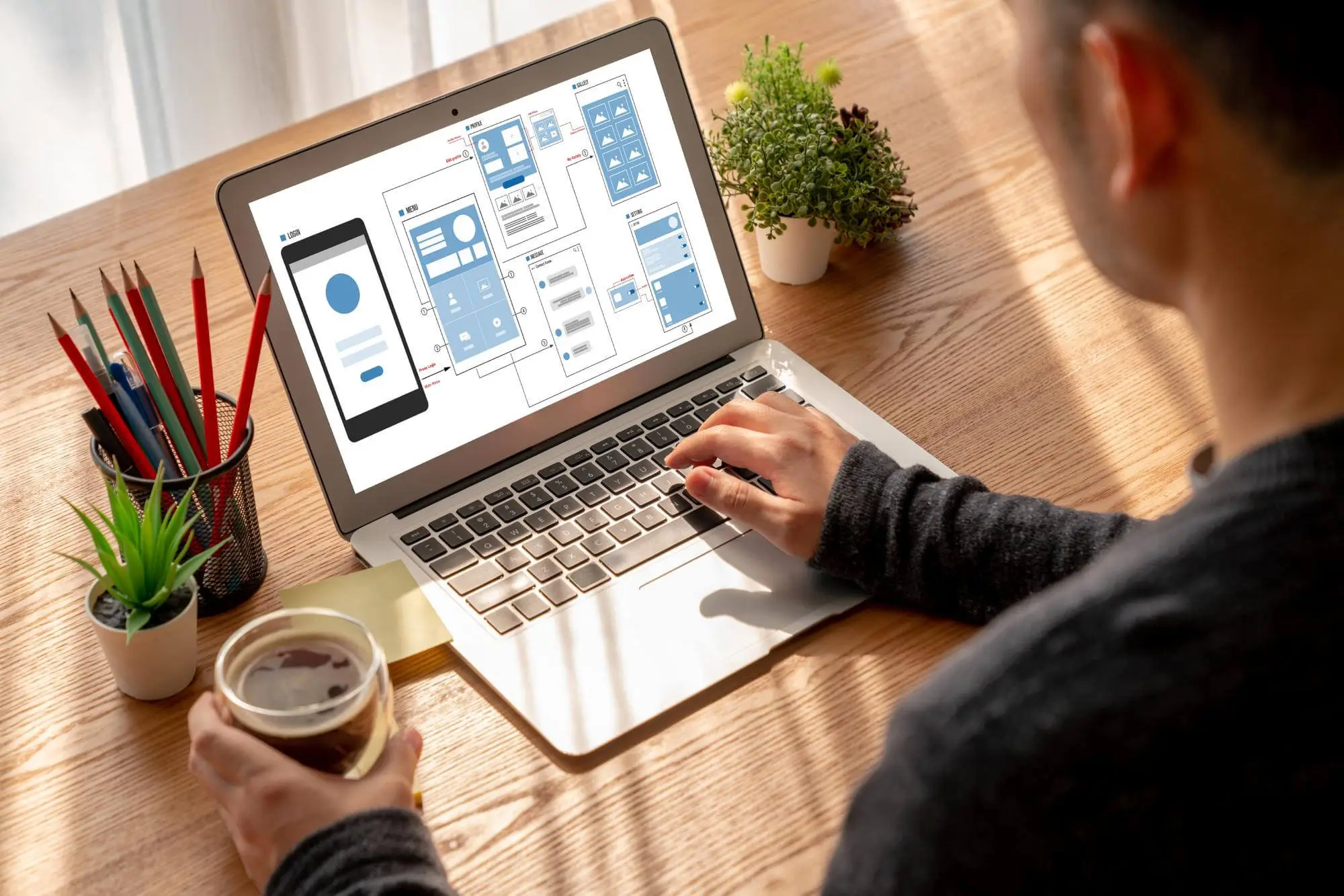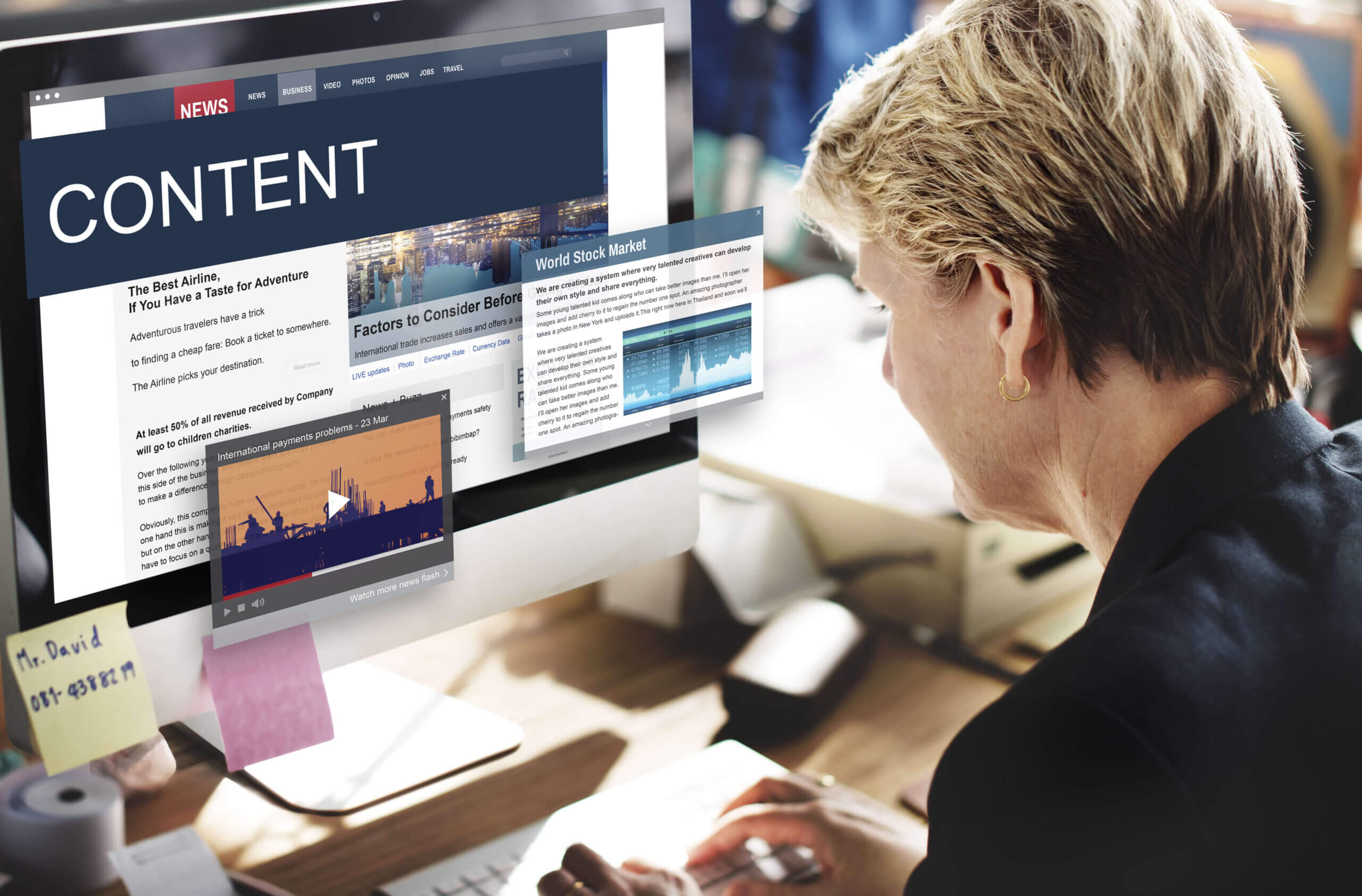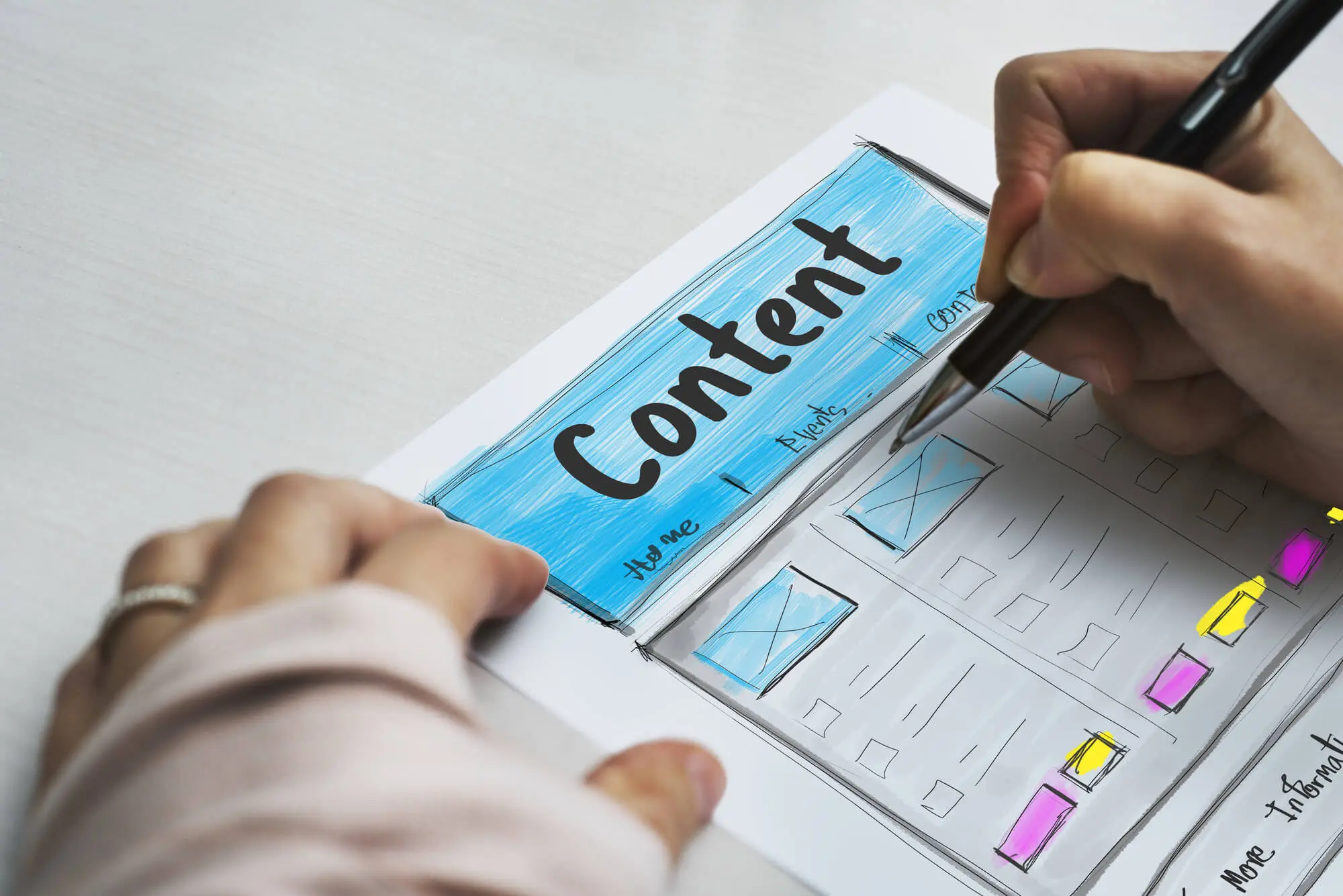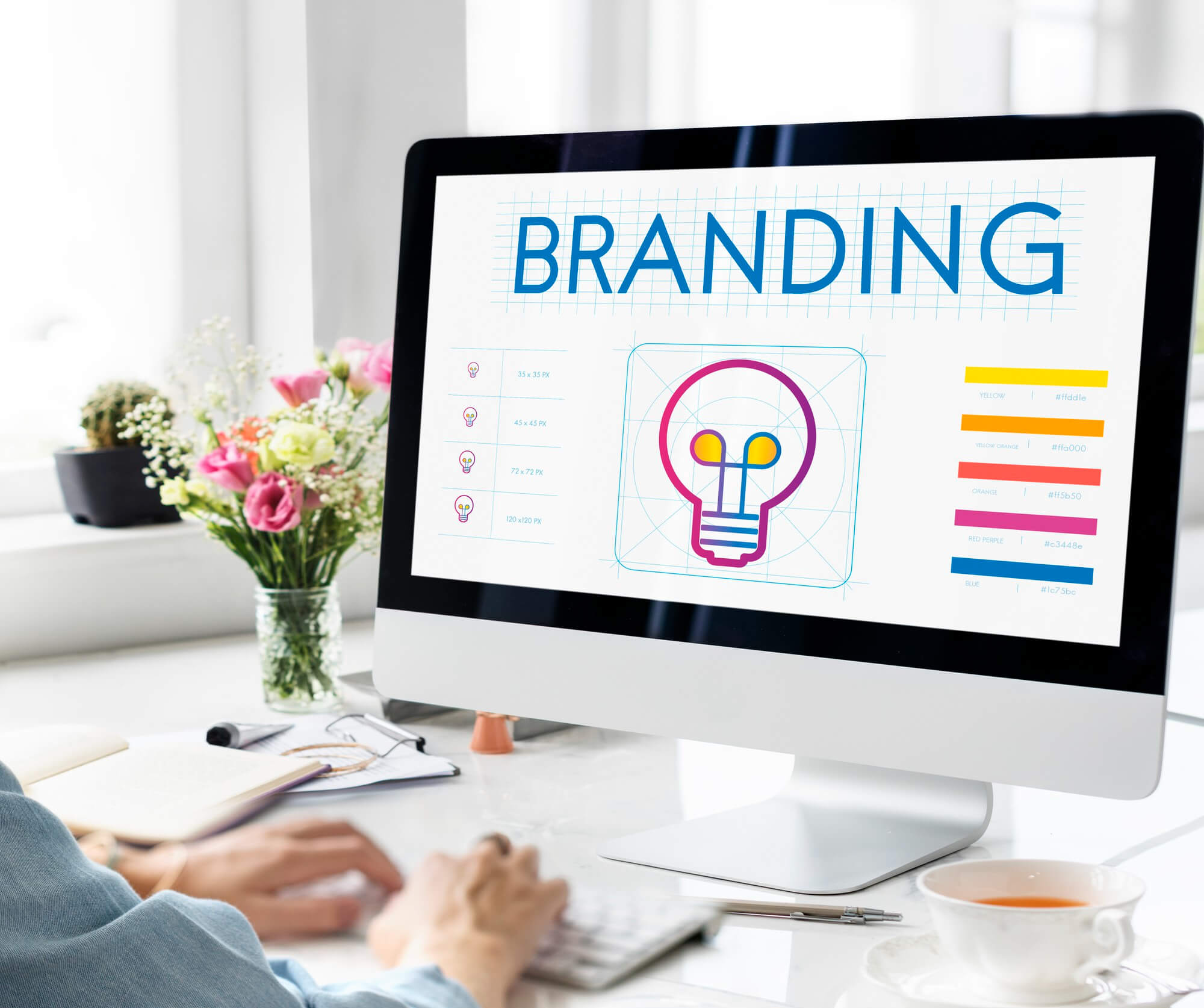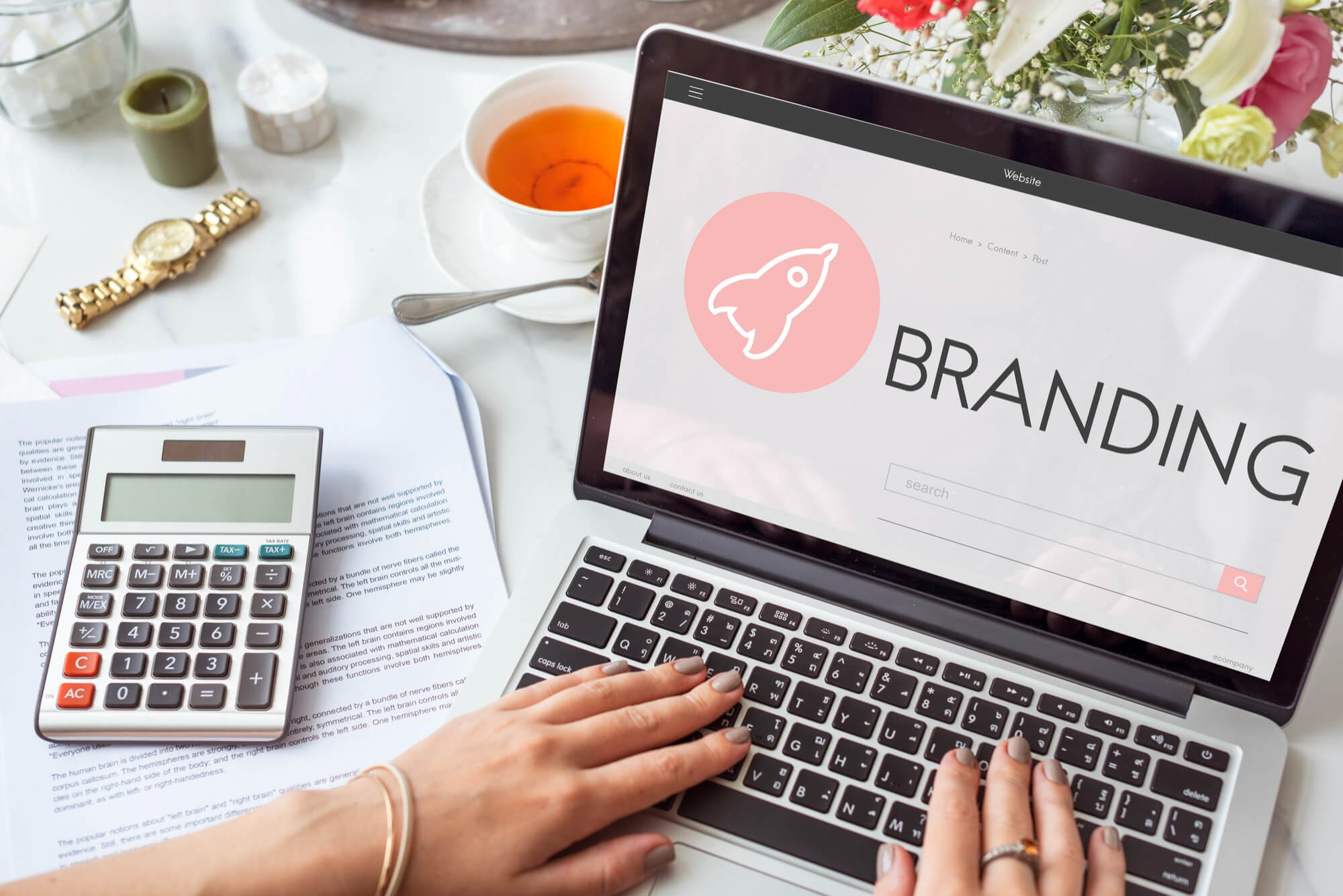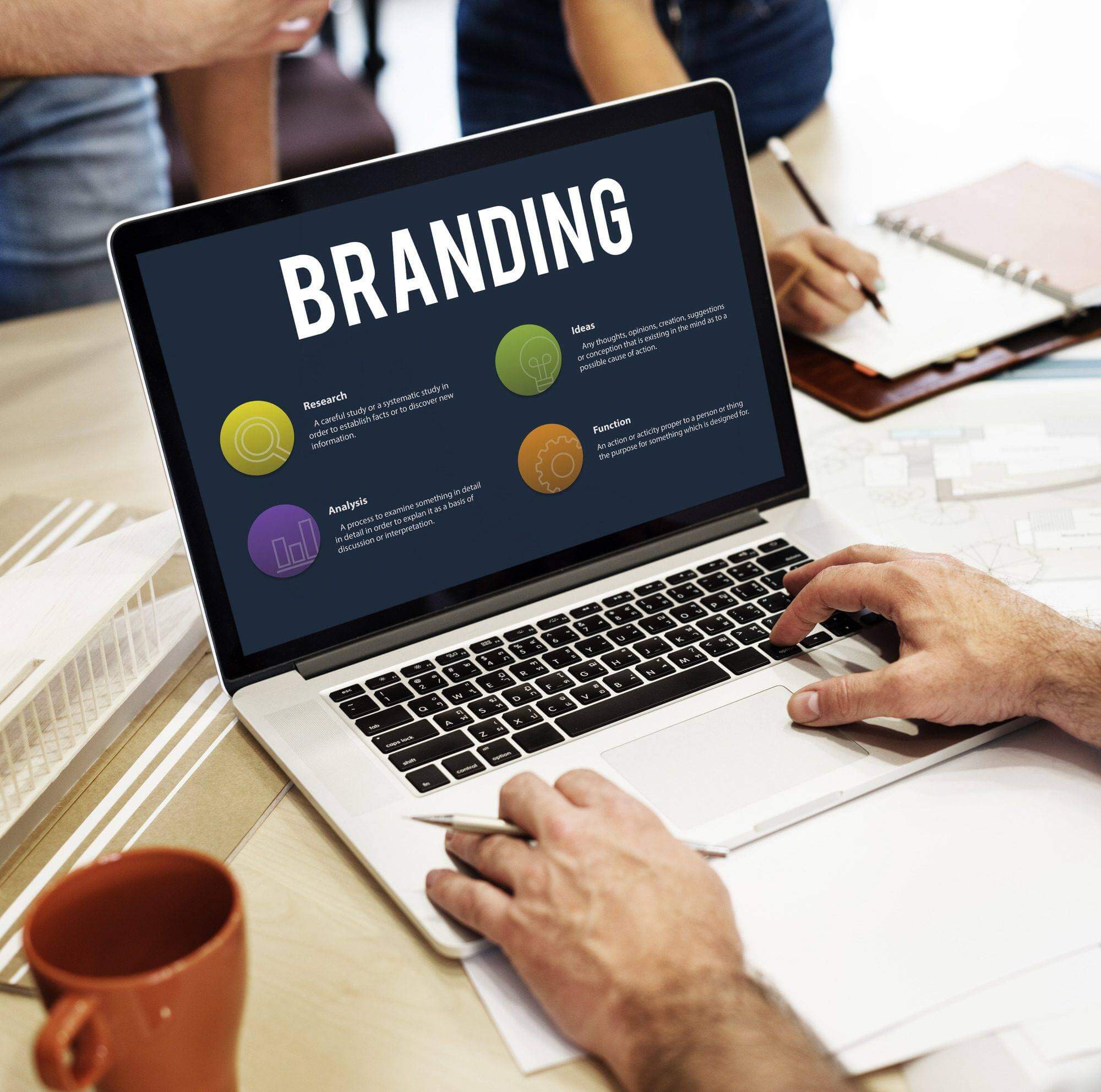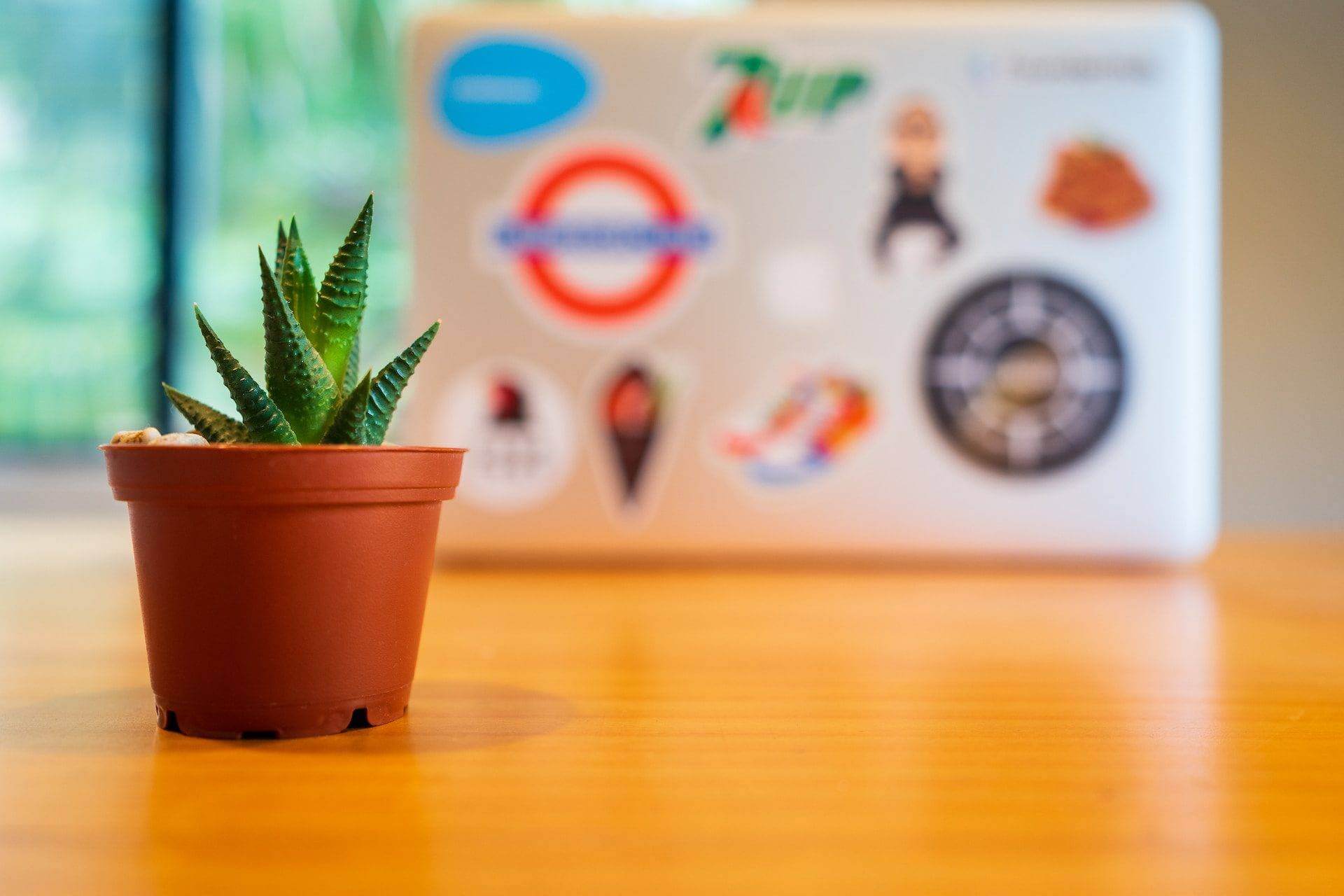An effective web design involves a systematic process. Understanding this intricate process into manageable steps gives a better understanding of the design of a business website.
Whether you are a professional designer or a web design company seeking guidance regarding website design, learning about these steps gives you an overview of the process.
In this blog, we’ll explore the seven steps that led to the development of a visually appealing, highly functional, and engaging web design.
Step 1: Purpose of the Website
You need clear goals and purpose before starting the website design project. Defining your goals allows you to craft a design that is aligned with your vision.
If your goal is to sell products or services, your design should fit the needs of your target customers. Clarifying your main objectives guides you in the right direction for designing.
Step 2: Research, Analysis, & Brainstorming Ideas
Before starting a web design project, you need to thoroughly research about your target audience and competitors. Research allows you to understand your audience’s preferences, behavior, and needs while learning about your competitors helps you find the gaps in the existing market that you can use to your advantage.
With thorough research, you also need to brainstorm ideas that are unique and give you a competitive edge over the competitors. Perform competitive analysis to get insight into the existing market trends and generate ideas for uniqueness.
Step 3: Wireframe and Site Structure
A skeletal outline or wireframe provides structure to your website. It paves the structure for your visual aesthetics with important elements like content areas, navigation, headers, and call-to-action buttons.
Wireframe streamlines the user-centeredness of your design, whereas site structure ensures a navigation flow and hierarchy of pages. A simple site structure enhances the usability of the website.
Step 4: Visual Elements
The most important visual elements of the design are images, graphics, typography, and colors. To add a personal touch to your website, add images and videos that reflect your brand’s message.
Using the same color palette and typography across all digital platforms including your website gives you symmetry and gives a sense of conformity and trust to your potential customers.
Ensure that your design is responsive on various devices, providing a seamless experience on different screen sizes, smartphones, desktops, and laptops.
Step 5: Develop and Test
After finalizing the design elements, develop the visual design into functional code. Your specific website requirements may influence your decision regarding choosing a specific coding language. Once the code is ready, rigorous testing is the essential part to ensure performance, compatibility, and functionality are up to the mark.
Step 6: Content Integration
Create compelling and engaging content for your website that aligns with your brand’s voice and message. Develop recent, relevant, and meaningful content with proper title, headings, and main body content.
Using SEO best practices to create your content allows your website to rank better on the search engine.
You can manage and update your website with an efficient Content Management System (CMS). There are some easy-to-use CMS platforms that require no technical knowledge to add, remove, and update content
Step 7: Launch and Monitor
Once your design is ready, it is time to launch your website. Make sure that there are no technical errors when launching a website and monitor your website continuously post-launch. Take user feedback and make improvements as required.
Conclusion
Web designing is a creative process that may involve the above seven steps to competition. This complex process is easy to understand when divided into these steps; purpose or goals of the website, research, analysis, & brainstorming ideas wireframe and site structure visual elements, development and test, content integration, launch and monitor.
Web design needs to upgrade as your business grows and it is not a one-time process, so you need to continuously adapt to changes as required. You can hire a professional web design company to upgrade your web design.





















